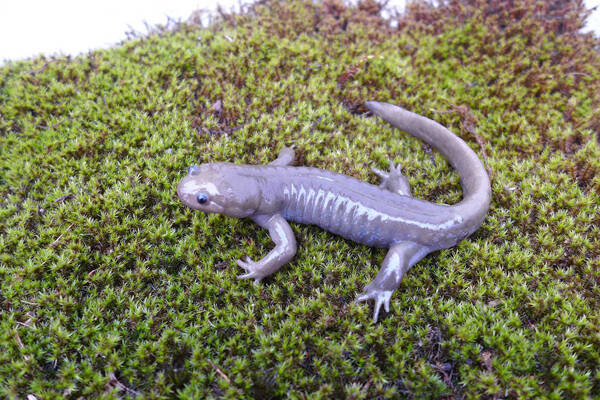
Hynobius maoershanensis
Hynobius maoershanensis,Maoershan Hynobiid
Features:The head is large and slightly flat, and its color varies when alive. When in water, the back is black or yellow-green. When out of water, the back of the body is yellow-green or light purple-brown with no spots.
The Maoershan Small Salamander lives in the swamps and surrounding areas of the mountainous areas with an altitude of 1978 to 2015 meters. The vegetation nearby is mainly southern hemlock and mountaintop dwarf forests. It likes to eat a lot of small invertebrate aquatic organisms, such as earthworms...

Hynobius guabangshanensis
Hynobius guabangshanensis,South Henan Small Salamander, Qishan Little Elf, Qiyang Small Salamander, Giant Salamander
Features:It is similar to the Anji Hypsilophis davidianus, but this species is smaller in size. Its back is black or dark brown when alive, and slightly yellow-green under sunlight.
The Guabangshan Small Salamander lives in Guabangshan in Qiyang, Hunan. The highest peak of the mountain is 788 meters above sea level. Below 400 meters above sea level is the rice field area, and a few rice fields can reach about 600 meters. The salamander mainly lives in small mountain ponds, swam...
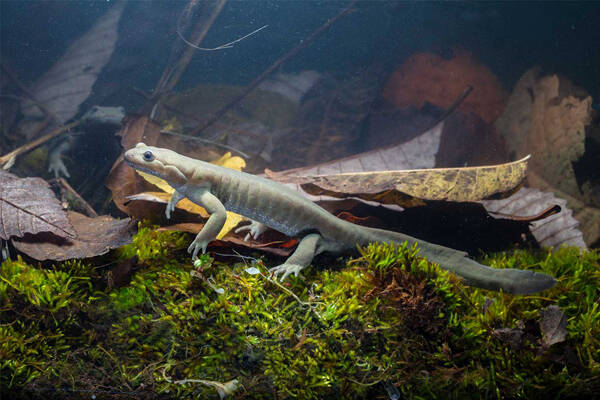
Hynobius chinensis
Hynobius chinensis,Chinese Salamander
Features:The head is relatively large, with the length of the head being greater than its width, and the back of the body and tail is almost uniformly black or brown-black.
The Chinese salamander (scientific name: Hynobius chinensis) is an animal of the Hynobiidae family and the genus Hynobius. It is an ancient species dating back 300 million years and developed in the same era as dinosaurs. In 1889, a foreigner named Günther first discovered it in Xuanchang, Hubei, a...
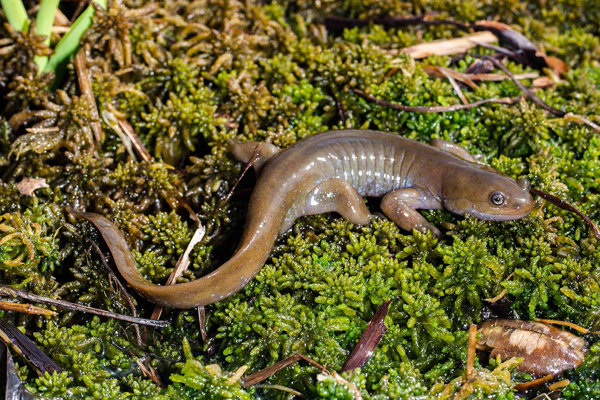
Hynobius amjiensis
Hynobius amjiensis,anji hynobiid
Features:The base of the tail is nearly round, gradually flattened backwards, the dorsal fin fold is low and obvious, and the tail tip is blunt. The skin on the back of the body is smooth, with a longitudinal skin groove from behind the eyes to the neck fold; there is a ridge groove in the center of the back.
Anji Hynobius amjiensis is an amphibian of the Hynobiidae family and Hynobius genus, and is endemic to China.Anji Hynobius amjiensis has very strict requirements for habitat and water. This species lives in the humus layer under the peat moss in the swamp and enters the puddle during the spawning se...
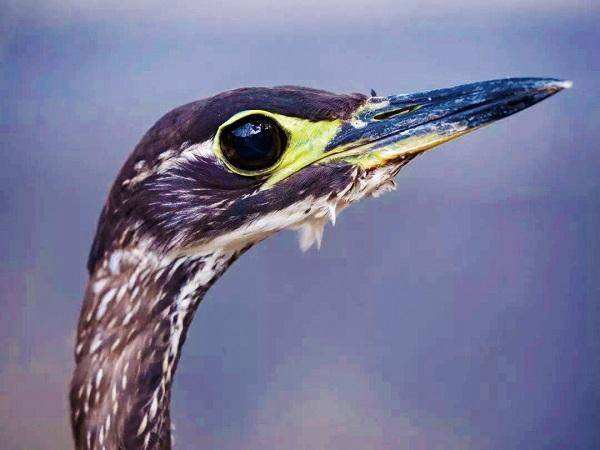
Gorsachius magnificus
Gorsachius magnificus,White-eared Night-heron,Hainan night bittern, Hainan tiger bittern, white-eared night heron
Features:It is listed as one of the 30 most endangered birds in the world. It is extremely rare and is known as "the most mysterious bird in the world."
Hainan bittern is called White-eared Night-heron in foreign language. It is similar in shape and size to a heron. It is a medium-sized wading bird with no subspecies differentiation.Hainan bittern is partly resident and partly migratory. They usually hide during the day and come out at night, especi...
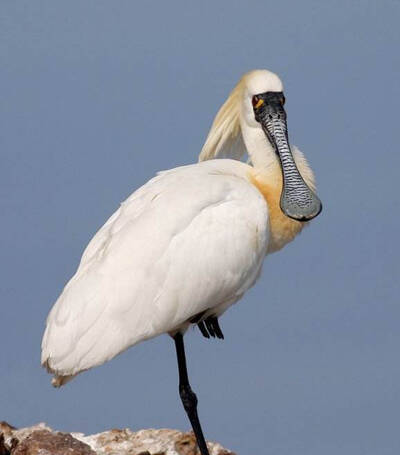
Platalea minor
Platalea minor,Black-faced Spoonbill,Black-faced Spoonbill, Spoonbill, Spoon-billed Spoonbill, Spoon-billed Spoonbill, Little Spoonbill, Spoon-billed Goose
Features:The forehead, throat, face, eye area and eye sockets are all black, and blend into the black of the mouth.
Black-faced Spoonbill is a medium-sized wading bird with no subspecies.The Black-faced Spoonbill looks very similar to the White Spoonbill, and they are often confused in the wild. It is slightly smaller than the white spoonbill, and its feathers are all snow-white. In summer, there is a long hair-l...
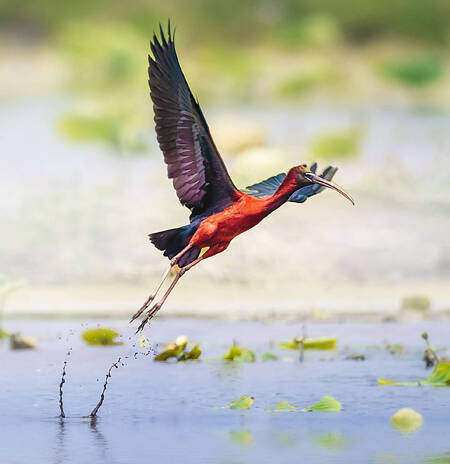
Plegadis falcinellus
Plegadis falcinellus,Glossy Ibis
Features:Good at flying, with green and purple upper body
The Glossy Ibis, also known as the Glossy Ibis in English, is a dark chestnut ibis with a shimmering color. It looks like a large dark curlew and has no subspecies.When flying, the painted ibis stretches its head and neck forward, and its feet extend behind its tail feathers. It mainly relies on the...
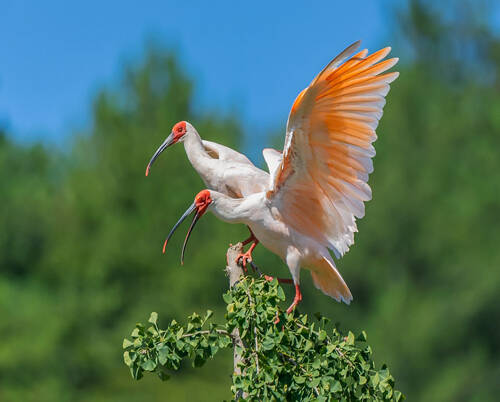
Nipponia nippon
Nipponia nippon,JapaneseCrestedIbis ,Crested IbisAsian Crested Ibis, Japanese Crested Ibis,,Ibis sinensis(synonym)、Ibis nippon(synonym),Crested Ibis、Asian Crested Ibis、Japanese Crested Ibis
Features:Known as the "Oriental Gem" among birds
The foreign names of Crested Ibis, Asian Crested Ibis, Japanese Crested Ibis, anciently known as Crested Ibis and Red Crested Ibis, Crested Ibis is a species endemic to East Asia, with no subspecies.The crested ibis is relatively solitary and quiet. It does not sing except when taking off. It often...
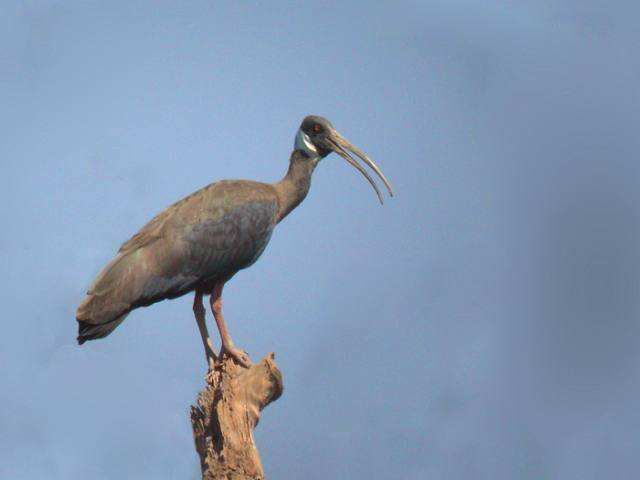
Pseudibis davisoni
Pseudibis davisoni,White-shouldered Ibis,Oriental Black Ibis
Features:The sound when taking off from the ground is strange and characteristic
White-shouldered Ibis is called White-shouldered Ibis in foreign language. There are two subspecies of black ibis, and most of them are Burmese subspecies active in my country.The call of White-shouldered Ibis when taking off from the ground is strange and characteristic, especially in the breeding...
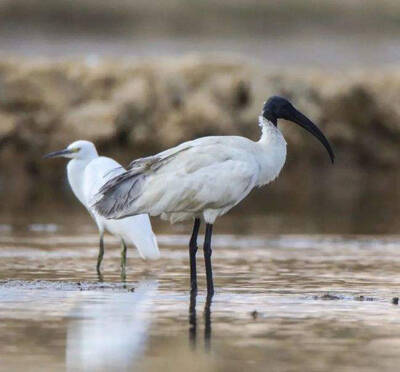
Threskiornis melanocephalus
Threskiornis melanocephalus,Black-headed Ibis,White Ibis
Features:It is one of the world's endangered species.
Black-headed Ibis is a large wading bird.Black-headed Ibis usually moves in small groups, and sometimes they are seen alone by the water or on the grass. It is active during the day, and is silent when active. Usually, its calls are almost unheard, and it walks very lightly and calmly. When flying,...
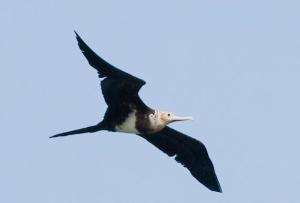
Christmas Island Frigatebrid
Fregata andrewsi
Features:Not good at walking on land or swimming, and has a predatory feeding habit
The white-bellied frigatebird is also known as Christmas Island Frigatebrid. It is a tropical marine bird with no subspecies.The white-bellied frigatebird flies extremely fast and agilely, but is not good at walking on land or swimming. It mainly feeds in the air. In addition to being able to chase...
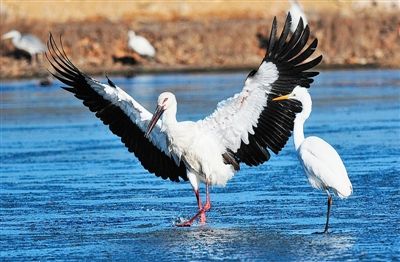
White Stork
Ciconia ciconia,red-billed white, European white stork, western white stork
Features:The feathers are mainly white, with black feathers on the wings. The wings are long and wide, and can glide.
White Stork is a large wading bird, which is the common name for European white stork and Oriental white stork. There are three subspecies, namely: European white stork Central Asian subspecies, European white stork nominate subspecies, and Oriental white stork.White storks often move in groups exce...
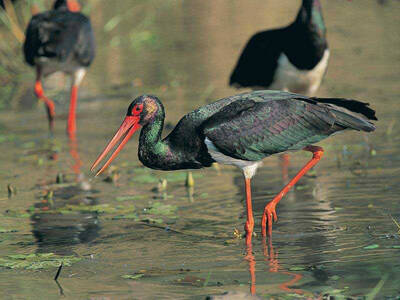
Ciconia nigra
Black stork, black stork, pot stork
Features:Beautiful body, bright color, agile movement, alert temperament
Black Stork is a large wading bird with no subspecies.The black stork is a migratory bird, but most of them stay in Spain, and only a few pass through the Strait of Gibraltar to West Africa for wintering; the populations that breed in South Africa do not migrate either, but only spread around after...
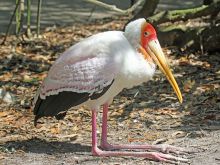
Painted stork
Mycteria leucocephala
Features:Beautiful feathers and graceful posture
Painted Stork is also known as White-headed Stork in English. There is no subspecies differentiation.White-headed Stork usually breeds in groups in water and bushes. It feeds by the waterside of ponds, lakes and rivers. It moves slowly. During the day, it often stands in one place for a long time wi...
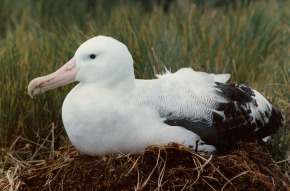
Phoebastria albatrus
Petrel, albatross, Short-tailed Albatross
Features:Do not approach ships, resident bird, non-migratory
Short-tailed Albatross is a large seabird with no subspecies.Short-tailed Albatross usually moves alone or in pairs. Smaller groups can occasionally be seen in winter or in places where food is particularly abundant. It is good at gliding and often flies over the ocean except during th...
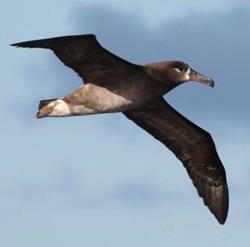
Phoebastria nigripes
Phoebastria nigripes,Black-footed Albatross
Features:Individual upper and lower tail coverings are white, and all other places are black
The Black-footed Albatross (footed Albatross) is a large seabird of the family Albatross of the order Petrel, footed.The black-footed albatross is very similar to the short-tailed albatross subadult, but the short-tailed albatross subadult beak and feet are not black, there are obvious white spots o...
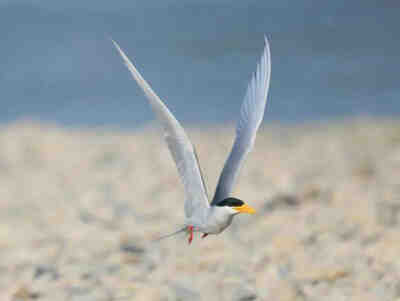
Sterna aurantia
Sterna aurantia,River Tern, Indian River Tern,Yellow-billed tern, Indus Tern
Features:The forehead of summer Yu is black with a green metallic luster, while the forehead of winter Yu is dark white
River Tern is a medium-sized waterfowl with no subspecies.River terns are resident birds. They often live alone or in small groups of 2-3. They fly frequently over rivers and rarely stop. Flying light and agile, slow and leisurely, between the green mountains and green water, after finding food, qui...
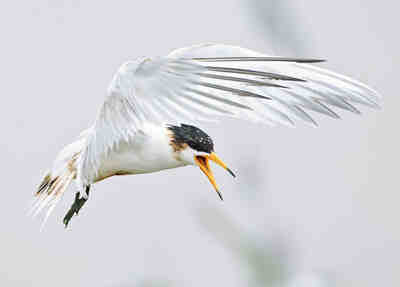
Thalasseus bernsteini
Thalasseus bernsteini,Chinese Crested Tern,Sterna bernsteini,Crested tern with black bill
Features:It is the rarest of the gull species and one of the most endangered bird species in the world, with a global population of about 100
The Chinese Crested Tern is a medium-sized waterbird with no subspecies.The Chinese crested tern is a summer migrant in northeastern China and a winter migrant in southern China. Every year from April to September, these mysterious seabirds arrive at the Eel Beach wetland at the mouth of the Minjian...
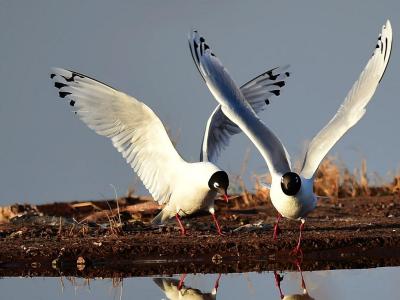
Larus relictus
Larus relictus,Relict Gull,angler
Features:The upper, lower and posterior edges of the eyes have significant white spots, and the neck is white; Back light gray; Waist, tail cover and tail feathers pure white
Relict Gull is a medium-sized waterfowl with no subspecies.In 1931, zoologist Ejnar Lonnberg, then director of the Swedish Museum of Natural History, wrote about a number of bird specimens collected in Ejin Banner, China, and referred to the surviving gull only as an Oriental geographic population o...
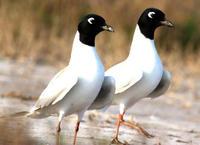
Larus saundersi
Larus saundersi,Saunders's Gull,Chinese Black-headed Gull,Samson's gull. Wandering gull
Features:Xia Yu has a black head, white star-moon spots above and below the eyes, and is extremely conspicuous on the black head
Black-billed gull Saunders' s Gull, medium water bird, no subspecies.It is said that during the late Tang Dynasty, the famous poet Li Shangyin kept five kinds of rare birds in his garden, one of which was a black-billed gull with a black head and beak and a prominent white semicircle behind its...
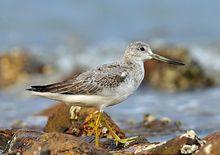
Tringa guttifer
Tringa guttifer,Spotted Greenshank,Nordmann's GreenshankNordstrom's Snipe
Features:The mouth is thick, slightly upturned, and the feet are short, yellow, green, or yellowish brown
Spotted Greenshank is a small wading bird with no subspecies.The little greenshank is a rare traveler in China. Spring is more than March-April, and autumn passes through China during migration from September to October. It is often found alone at the water's edge, on sand or mud, and foraging....
